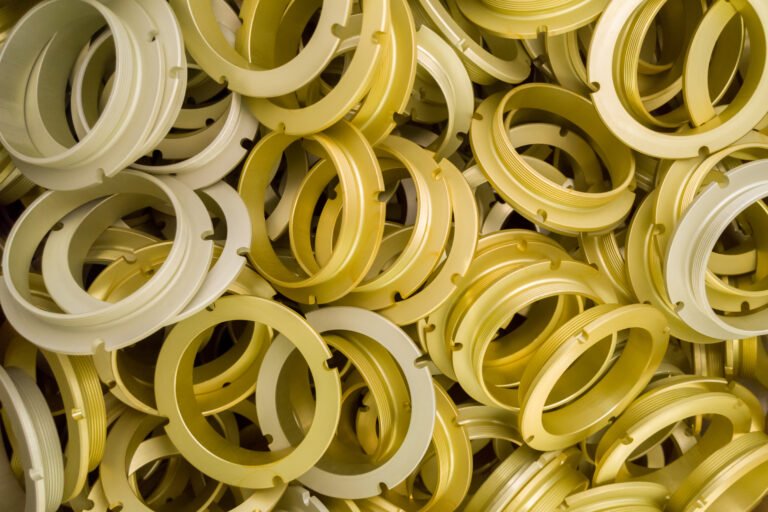When precision fasteners fail, the cause is often weak surface treatment. DIN 17611 offers a trusted standard for anodized coatings on aluminum that solves these problems.
DIN 17611 sets clear rules for anodized coatings on aluminum fasteners. It ensures corrosion protection, color stability, surface quality, and wear resistance, making it vital for high-performance industries.
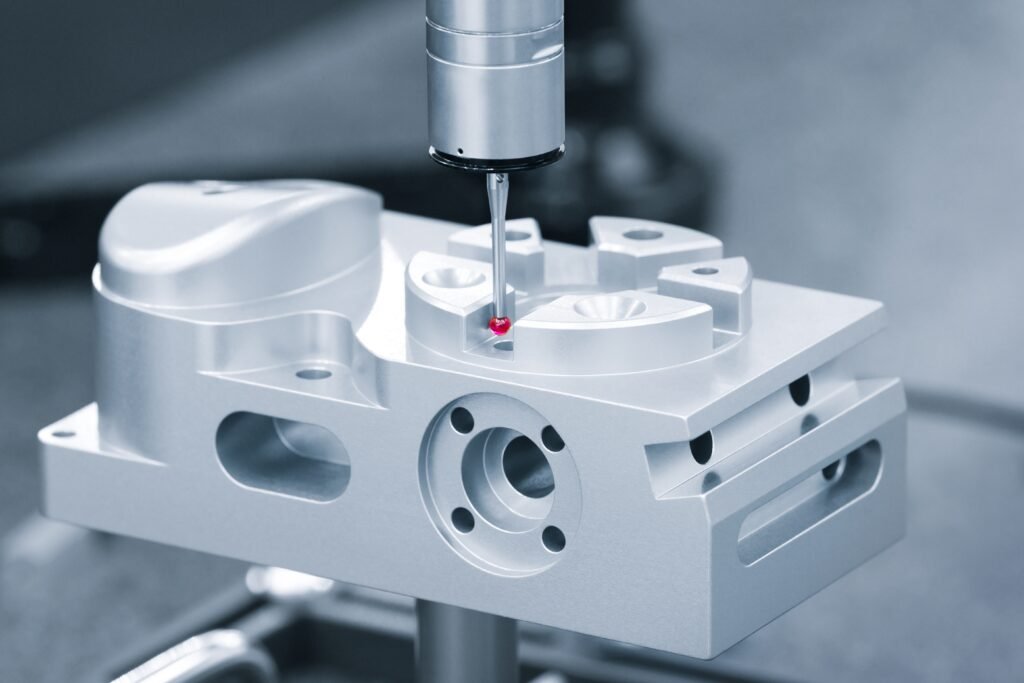
A strong standard like DIN 17611 helps me avoid inconsistent results when sourcing or producing fasteners. Without it, buyers face the risk of poor coatings that fail in real use. With it, fasteners meet higher performance expectations, giving both buyers and suppliers trust in long-term cooperation.
What Are the Key Requirements of DIN 17611 in Anodized Coatings?
Fastener buyers often face unclear coating quality. DIN 17611 removes this uncertainty.
The key requirements of DIN 17611 are thickness, sealing, appearance, and adhesion of anodized coatings. Each parameter is clearly defined, which gives consistent fastener quality.
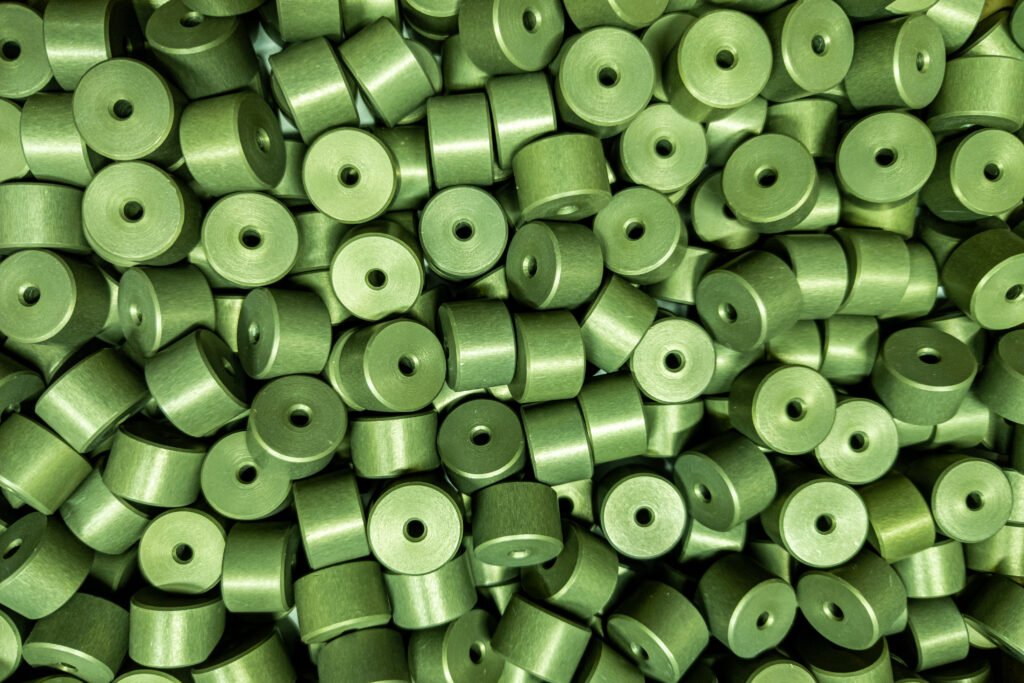
When I work with German buyers, they often ask for DIN 17611 compliance. They know it means the anodized layer will not be too thin, too weak, or poorly sealed. The standard defines minimum thickness levels, usually between 5–25 µm, depending on application. It also requires proper sealing to prevent open pores that would allow corrosion. Appearance is checked for uniformity, avoiding visible defects. Adhesion tests confirm the oxide layer bonds tightly with the aluminum.
Here is a simple breakdown of DIN 17611 requirements for coatings on fasteners:
| Requirement | Purpose | Impact on Fasteners |
|---|---|---|
| Thickness | Ensure layer strength | Prevents premature wear |
| Sealing | Close pores | Blocks corrosion agents |
| Appearance | Uniform look | Improves customer trust |
| Adhesion | Strong bonding | Avoids flaking in use |
By following these requirements, I can supply fasteners that meet high expectations and pass buyer inspections without difficulty.
How Does DIN 17611 Improve Corrosion Resistance of Precision Fasteners?
Aluminum fasteners are light and strong, but they are prone to corrosion. DIN 17611 solves this weakness.
DIN 17611 improves corrosion resistance by requiring sealed anodized coatings that block moisture, chemicals, and salts from reaching the aluminum surface.
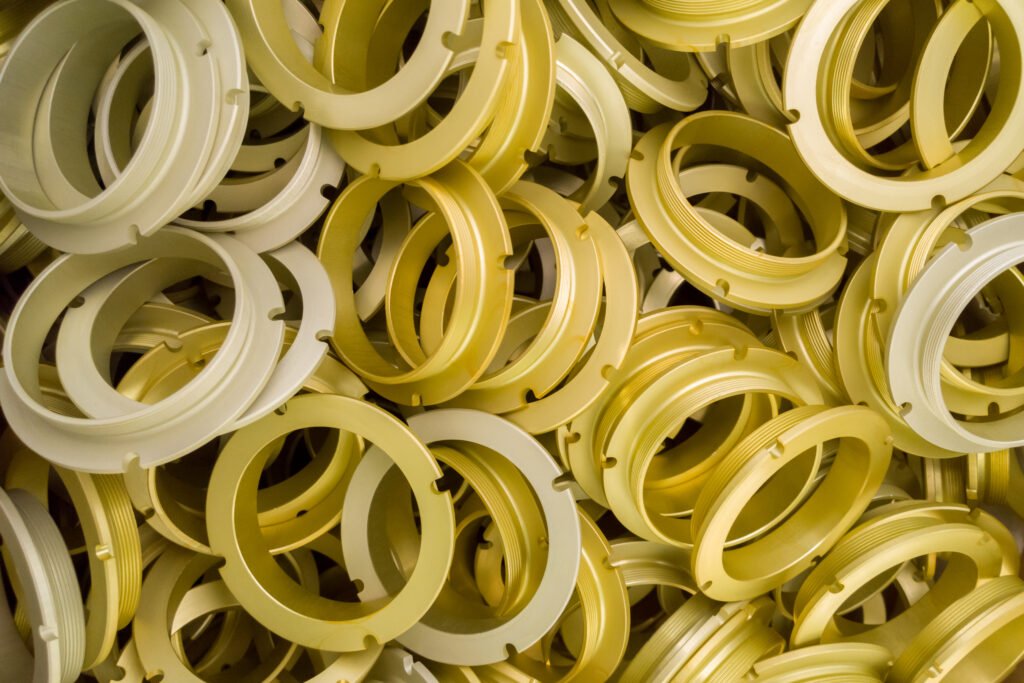
In my experience, German clients in automotive and marine industries value corrosion resistance the most. They need fasteners that can survive salt spray, humidity, and road chemicals. DIN 17611 requires sealing treatments, like hot water or nickel acetate, to close microscopic pores in the anodized layer. This turns a porous coating into a protective barrier.
For example, in salt spray tests, sealed anodized coatings often resist corrosion for hundreds of hours longer than unsealed coatings. This is a direct benefit of DIN 17611’s detailed sealing rules. For fasteners used in harsh environments, this performance is critical.
Here is a simple view of how DIN 17611 helps:
| Process Step | Effect | Result |
|---|---|---|
| Anodizing | Creates oxide layer | Basic protection |
| Sealing | Closes pores | Stops corrosion agents |
| Testing | Confirms durability | Trusted performance |
By applying DIN 17611, I can give buyers confidence that fasteners will last longer in real-world use.
How Does DIN 17611 Ensure Color Consistency in Anodized Fasteners?
Many buyers complain about inconsistent anodized colors. DIN 17611 addresses this problem directly.
DIN 17611 sets rules for uniform color across anodized fasteners by controlling thickness, dyeing, and sealing processes.
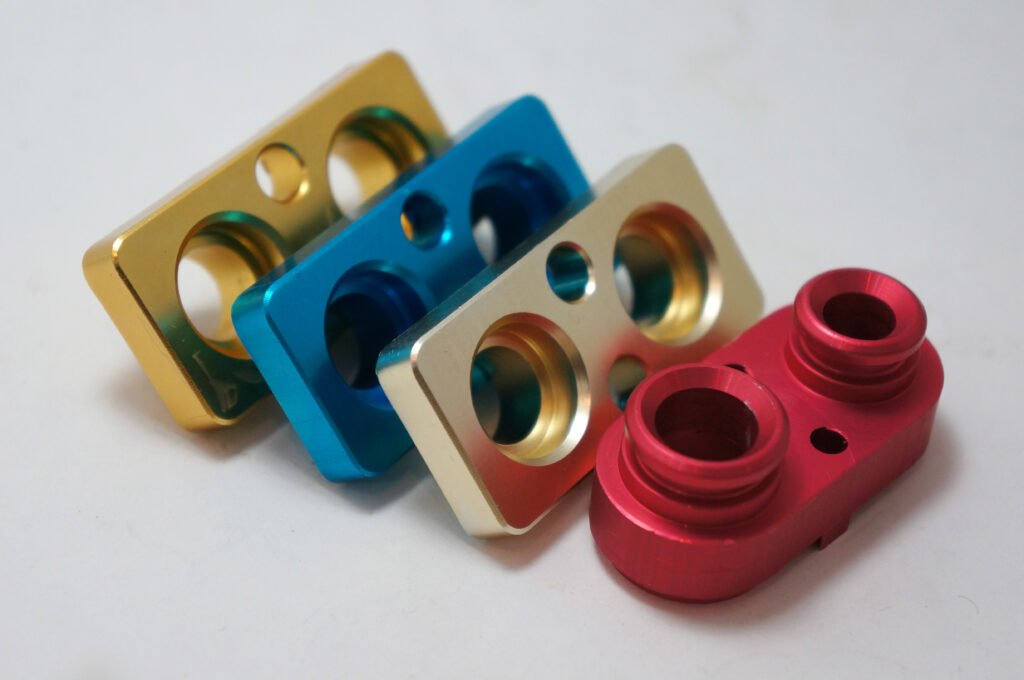
I once had a customer in electronics who required black anodized fasteners. The first supplier gave parts that ranged from dark gray to purple. The buyer rejected them immediately. After switching to a DIN 17611-compliant process, the color was uniform across all batches.
DIN 17611 demands consistency in coating thickness, which directly affects color depth. It also specifies test methods for color fastness to light and chemicals, ensuring the fasteners do not fade or change under real conditions. For buyers in industries like aerospace or electronics, where appearance matters, this reliability is essential.
Here’s how DIN 17611 secures color stability:
| Factor | DIN 17611 Control | Benefit |
|---|---|---|
| Thickness | Controlled layer | Stable color tone |
| Dyeing process | Uniform absorption | No shade differences |
| Sealing | Locks color in place | Prevents fading |
With these rules, buyers can expect the same look in every order, which builds trust and long-term cooperation.
How Can DIN 17611 Reduce Wear and Extend Fastener Lifespan?
Fasteners often fail due to wear, not just corrosion. DIN 17611 strengthens surface hardness and durability.
DIN 17611 extends fastener lifespan by defining oxide layer hardness and thickness, which reduce friction and surface wear in demanding applications.
When I supply fasteners to machinery and aerospace clients, they care about how long parts last under repeated use. Anodized coatings made under DIN 17611 are much harder than raw aluminum, sometimes reaching hardness levels near sapphire. This means less galling, scratching, or thread damage during tightening.
The standard also balances thickness and hardness. If the layer is too thin, it wears away quickly. If it is too thick but not sealed, it can crack. DIN 17611 avoids both extremes by defining ranges that keep performance stable.
Here is how wear resistance works under DIN 17611:
| Feature | Effect | Benefit |
|---|---|---|
| Hard oxide layer | High surface hardness | Less thread wear |
| Controlled thickness | Balanced protection | Prevents cracking |
| Sealing | Strengthens surface | Longer service life |
By following these steps, DIN 17611 makes fasteners stronger, more reliable, and longer lasting in real-world use.
Conclusion
DIN 17611 ensures anodized fasteners have stable quality, strong corrosion resistance, consistent color, and long lifespan, making it the trusted choice for demanding industries.

